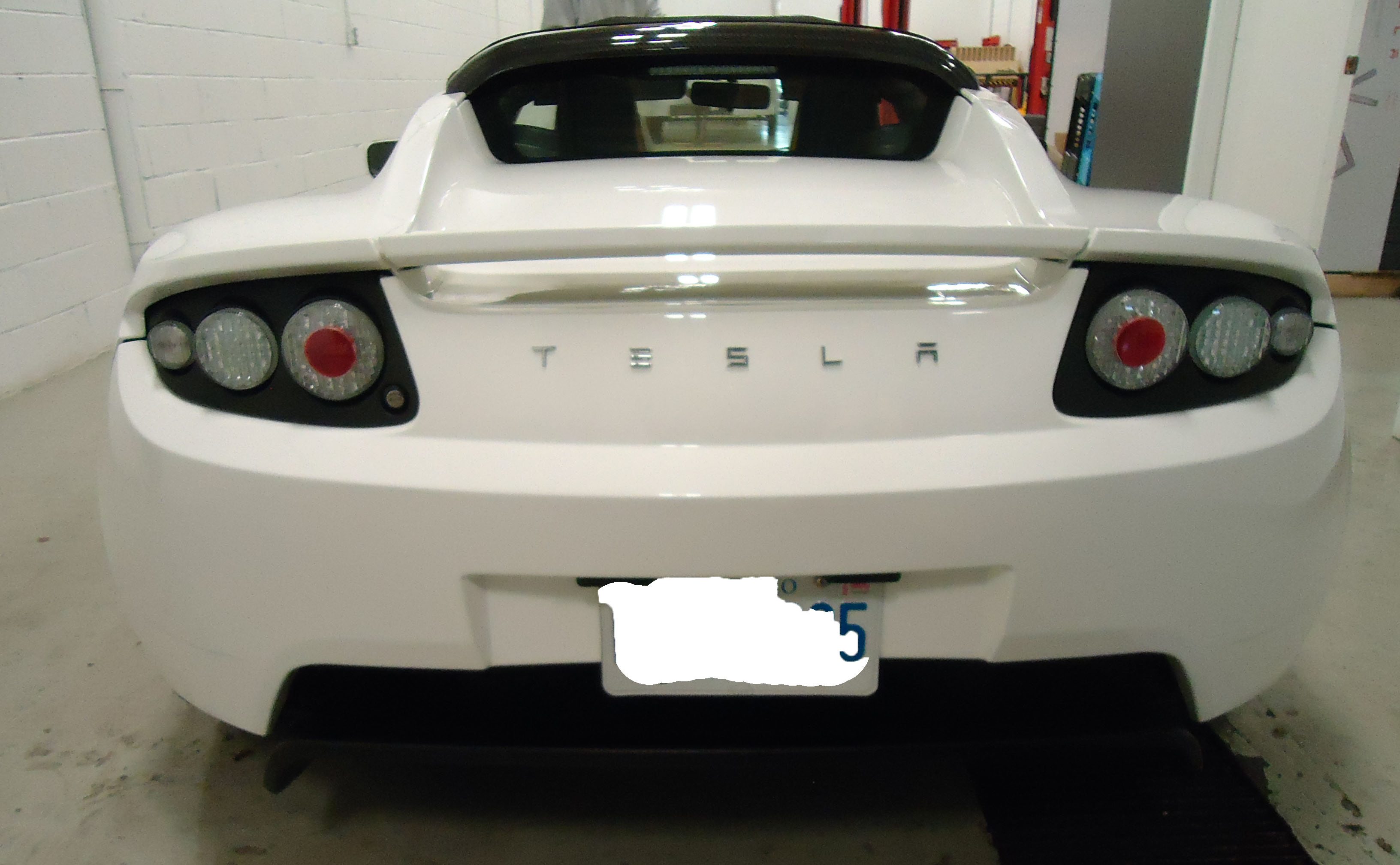
Introduction
In recent years, the automotive industry has been undergoing a significant transformation, with electric vehicles (EVs) taking center stage. As concerns about environmental sustainability and the need to reduce carbon emissions intensify, EVs have emerged as a compelling solution to reshape the way we think about transportation. This article delves into the world of EV vehicles, exploring their benefits, challenges, and the driving forces behind their growing popularity.
The Environmental Imperative
One of the most compelling arguments in favor of EV vehicles is their positive impact on the environment. Traditional internal combustion engine (ICE) vehicles rely on fossil fuels, emitting greenhouse gases and contributing to air pollution. In contrast, EVs are powered by electricity, resulting in zero tailpipe emissions. This not only helps mitigate air pollution but also significantly reduces the carbon footprint associated with transportation, playing a crucial role in the fight against climate change.
Advantages of EV Vehicles
- Lower Emissions: As mentioned earlier, EVs produce no tailpipe emissions. This not only benefits urban air quality but also reduces overall carbon emissions, contributing to a cleaner environment.
- Reduced Operating Costs: Electric vehicles are more energy-efficient than their ICE counterparts. They have fewer moving parts and require less maintenance, leading to lower long-term operating costs.
- Energy Independence: By shifting from fossil fuels to electricity, countries can reduce their dependence on imported oil, enhancing energy security.
- Quiet Operation: EVs are known for their quiet and smooth operation, resulting in reduced noise pollution in urban areas.
- Innovative Technology: The development of EVs has spurred technological advancements in battery technology, charging infrastructure, and vehicle connectivity.
Challenges and Considerations
- Range Anxiety: One of the primary concerns for potential EV buyers is “range anxiety” – the fear of running out of battery before reaching their destination. However, advancements in battery technology have significantly increased the range of modern EVs, alleviating this concern.
- Charging Infrastructure: A robust charging infrastructure is essential for the widespread adoption of EVs. While charging stations are growing in number, more investment and expansion are needed to support long-distance travel and urban charging needs.
- Initial Cost: Although the long-term operating costs of EVs are lower, the initial purchase price is often higher than that of traditional vehicles. However, government incentives and decreasing battery costs are making EVs more affordable.
- Battery Life and Recycling: Batteries are a crucial component of EVs, and concerns have been raised about their lifespan and the environmental impact of their disposal. Research into battery longevity and recycling methods is ongoing.
Driving Forces Behind the EV Revolution
- Government Policies: Many governments worldwide are implementing policies to incentivize EV adoption, such as tax incentives, rebates, and stricter emissions regulations.
- Advancements in Battery Technology: Continuous improvements in battery technology are extending EV range, reducing charging times, and enhancing overall vehicle performance.
- Consumer Demand: As environmental consciousness grows, consumers are increasingly drawn to eco-friendly options, prompting automakers to expand their EV offerings.
- Automaker Commitment: Major automakers are investing heavily in EV research and production, signaling a commitment to a more sustainable future.
Conclusion
The rise of EV vehicles marks a transformative moment in the automotive industry and beyond. With their potential to significantly reduce emissions, lessen our dependence on fossil fuels, and revolutionize transportation, EVs are at the forefront of the sustainable mobility movement. While challenges remain, ongoing innovation, supportive policies, and a growing societal awareness of environmental issues are driving the widespread adoption of electric vehicles. As technology continues to advance, the road ahead looks promising for a cleaner, greener automotive landscape.





Leave A Comment